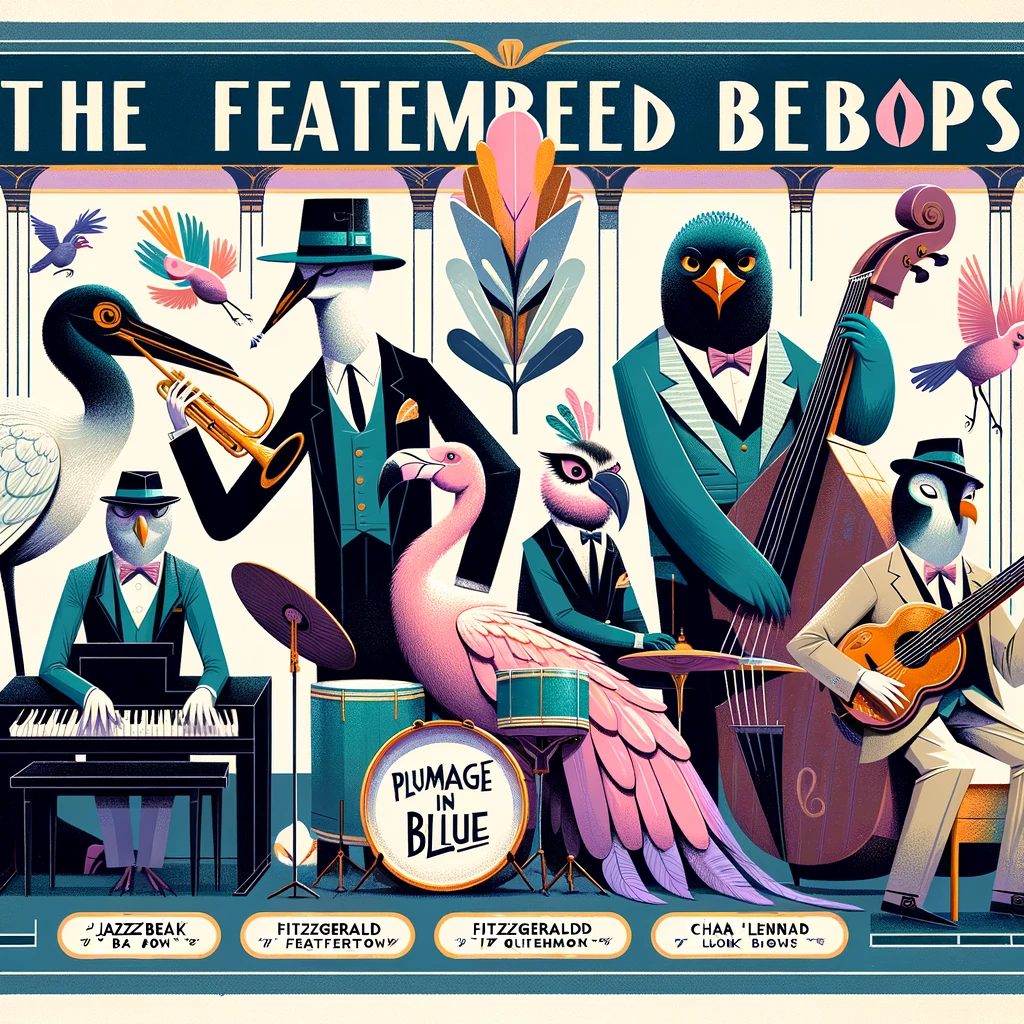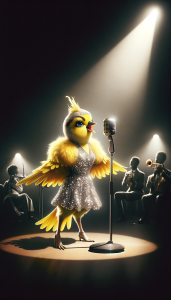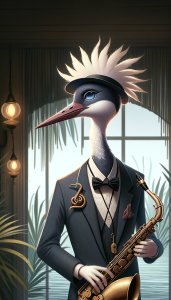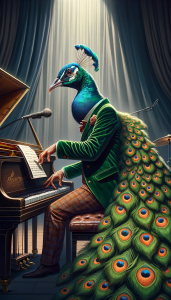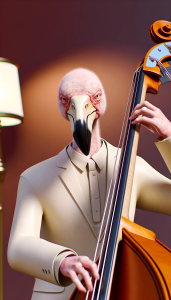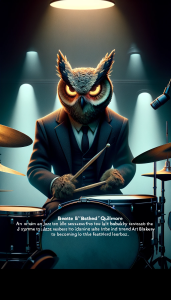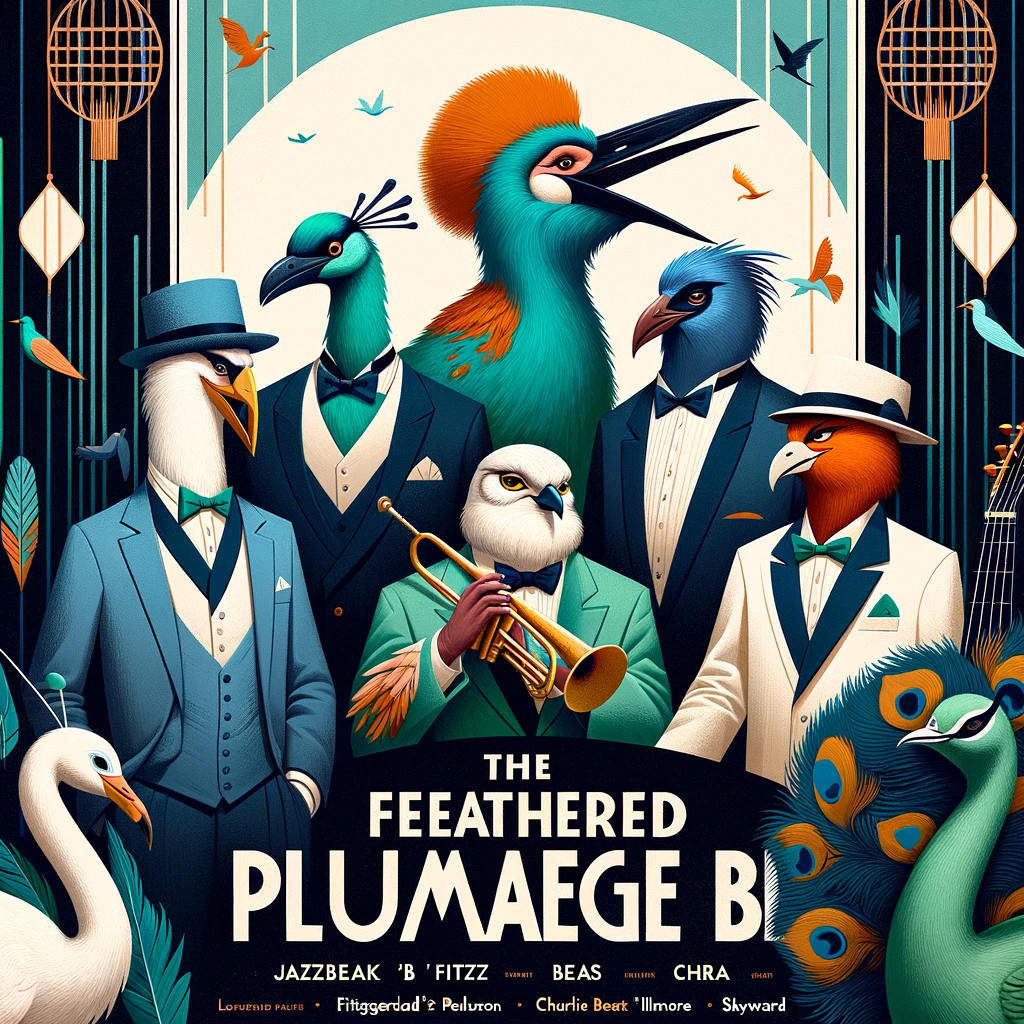Mark Amerika is a digital remix artist. What is your response to this kind of experimental writing with AI tools?
I am familiar with remixing as a form of art involving audio and visual mediums, but using AI (specifically ChatGPT) as a kind of conversation partner to have a “call-and-response meta-remix jam session,” as Amerika puts it, is entirely new to me. That said, it makes perfect sense—ChatGPT was built to communicate with users, and it’s certainly plausible that art, regardless of medium, can be born from this communication. I find the concepts of “reciprocal influence” and “hybrid mind” very interesting, as it ties along with how we create and influence media, which in turn influences us. The innuendo Amerika used to describe the interactions between himself, ChatGPT, and Clarice Lispector’s works was not lost on me—I found it incredibly funny, but it also made a lot of sense. I myself am quite proud of my skills in writing and initially dismissed ChatGPT when I first heard about it, thinking that surely it would not come anywhere close to truly professional writing anytime soon. Now, I am quite impressed by how it is able to adapt based on the input you feed it, and I am convinced of its utility to assist with brainstorming, planning, actualizing, and editing for writing projects. It all depends on how you use it and whether you know how to use it to maximize its strengths for what you are trying to achieve with it.
How does Amerika understand the creative relationship with a GPT for creative writing or any kind of creative work?
Amerika uses ChatGPT like a sounding board, conversation partner, another version of himself (by feeding it samples of his work) and basically like another individual to talk with or bounce ideas off of entirely. From what he writes about his experiences with it, it is clear that he sees it as a tool, an extension of the human mind, and a DJ table that he can freely use to conceptualize, synthesize, and actualize ideas for virtually any creative endeavor, although ChatGPT seems to do writing best.
